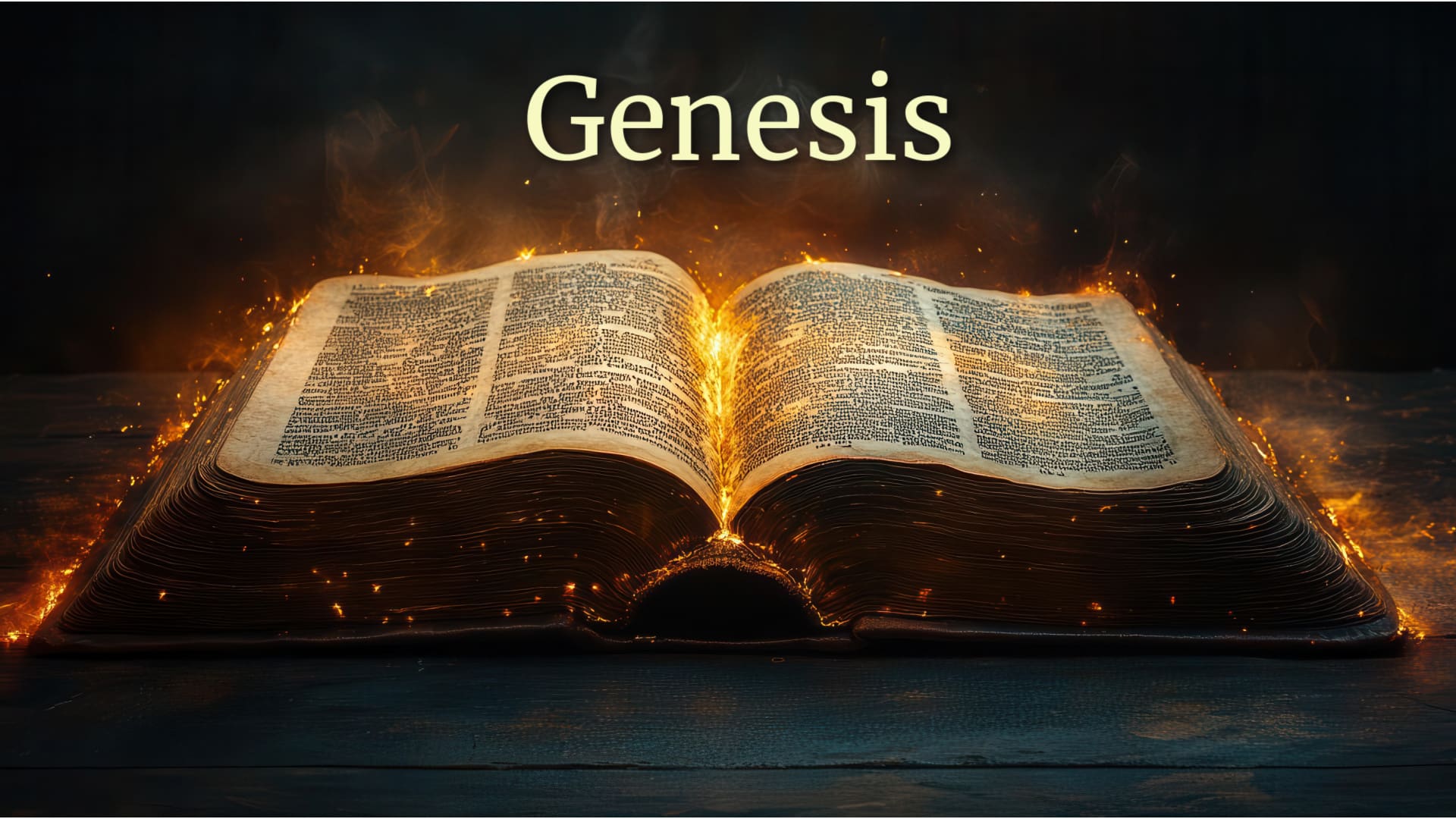
Separation from the Chaos of Ancient Civilizations
Terah took Abram his son and Lot the son of Haran, his grandson, and Sarai his daughter-law, his son Abram’s wife, and they went forth together from Ur of the Chaldeans to go into the land of Canaan; but when they came to Haran, they settled there. (Gen. 11:31).
Terah the father of Abraham, was a Semite (of the line of Shem), an Aramean originally of north Mesopotamia in modern day Syria. Scholars tell us that Arameans migrated south into the ancient city states of Sumer and Akkad toward the end of the 3rd millennium B.C. When Ur III fell in 2000 BC, it could be, in the turbulence of these times, that Terah decided to move his family from this famous city Ur to Canaan (Gen. 5:31). Why he originally headed for the land of Canaan, and why he never got there, but settled in his ancestral Aramean city Haran, the text does not explicitly say. What we do know is that the Sumerian city of Ur is associated with Ham and his progeny Nimrod, founder of the great and legendary cities of Babel, Erech (Uruk), and Akkad in the land of Shinar (10:10), the whole of which eventually became known as Babylon.
Note on ancient Mesopotamian Culture: At the confluence of the mighty Euphrates and Tigris rivers that flow into the Persian Gulf humans first come together and created a civilization as we now know it with city buildings, military, language and the arts. The Sumerian city Uruk, mentioned in the Bible as Erech, dominated the period from 4000 BC to 3000 BC. From this Uruk period, the Sumerian city state of Ur emerged and dominated the next millennium. These ancient Sumerians were followed by a Semitic race of Akkadians just north of Sumer, with Babylon as its most famous city. Babylon became so famous that by biblical times the whole of this land and culture was referenced as Babylon. The stunning weight of age and accomplishments of this collective civilization were not at all impressive to Hebrew culture.
The structure of the narrative sets the comparatively humble Aramean Terah in contrast with Babel, its proud history and ancient cities and Ziggurats. The text therefore assumes a spiritual reason for Terah’s move from Ur, but that he failed to complete his journey to Canaan. It may be that he was used to a relatively sophisticated urban life in the high culture of Ur, and rather than go to the cultural backwater of Canaan, he remained in the comfort of his ancestral Aramean city of Haran, an important caravan center in northern Mesopotamia.
Of Terah’s religion we do not know. His name is derived from the Hebrew word yareaḥ which means “moon.” It is known that the moon was particularly worshipped in Haran. Moreover, his Aramean kin were associated with idols (31:19). As for his son Abram, however, we know two things. First, he was monotheistic, probably not in the fuller sense of the revelation given later to Moses, and certainly not in grander sense of Isaiah, but in the sense that he worshipped El (God) the Creator, revealed historically as YHWH in Israel, in contrast to Babel, its magical cosmic mountain with its pantheon of nature deities. Second, his God was a relational God who encounters persons in real history and even makes covenant with them, something unheard of in the pagan world.
The great primeval era ends with the story of Babel; evil crescendos to this false, man-made temple mountain that is an imitation of the Garden in Eden. Humanity will do all it can to get back to lost origins, but on its own terms, by its own rules. He creates gods in his own image. Babel is the story of the gods’ seeming cultural victory and its fall. In the aftermath is the call of Abram, one of those who, like Melchizedek of Jerusalem, priest of the Most High God (14:18), worshiped God Almighty. Despite the wide-spread worship of the gods of the cosmic pantheon and territorial spirits in these ancient times, there always were those who worshiped El, the transcendent Father- God and Creator (F.M. Cross). It is with Abram that God will give what fallen humanity strives for in his own power, a land that is reminiscent of the lost Garden, a step towards the ultimate fulfillment of God’s creation plan to spread the Garden throughout the whole world. God is planting a seed that will eventually overcome and defeat pantheism, animism, the occult, and the snake in the garden. Like in Genesis One, God is creating by separating from chaos.
Takeaway: It is impossible to overstate the age, grandeur, and accomplishments of ancient Mesopotamia; yet the Hebrews were not at all impressed by it.
Questions:
- How impressed are you with ancient Mesopotamian culture?
- By definition, the whole reason for the establishment of culture is to mitigate chaos, as we see with the Babylonians who wanted to build a city and a tower so that they would not be scattered and vulnerable. Why do you think the Hebrews did not appreciate this?
- Our country is less than three hundred years old, but has become, like Babel, great, and boasts of many accomplishments. How do you think our culture fares in light of Scripture’s attitude toward massive civilizations like Babylon, Greece, or Rome?
Resources Used:
M. Cross, Canaanite Myth and Hebrew Epic. Harvard University Press, 1973. Esp. Article 2, ´El and the God of the Fathers, and Article 3, Yahweh and ´El. 1973.
0 Comments